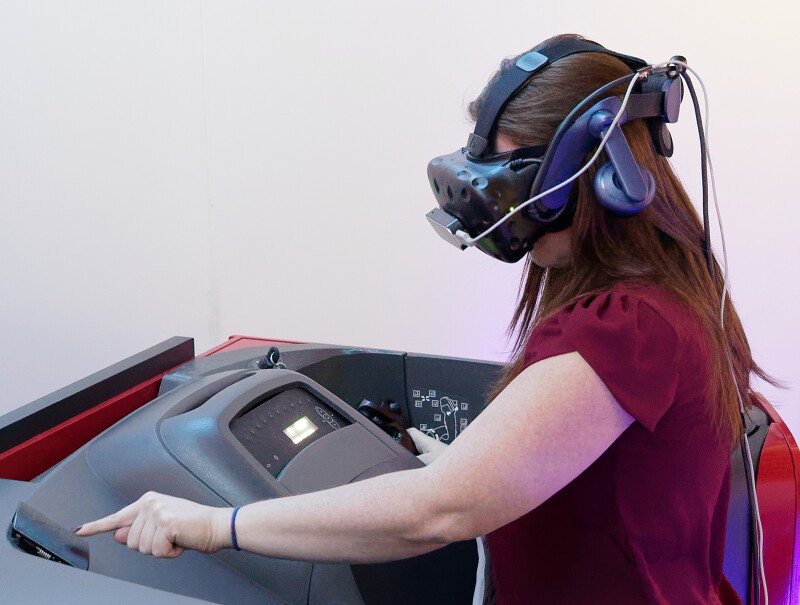
We had a short week, after a public holiday on Monday and I spent some time in France at the Laval Virtual show (much of it hanging around for trains as there was a big train strike – the second time my trips to that event have been disrupted by industrial action in four years – good luck, Macron!). That has meant shorter issues this week. There was also a growth in news prior to NAB, we’ll be there and at ProLight & Sound in Frankfurt next week. That should mean plenty of news over the next couple of weeks.
I was a little disappointed with Laval Virtual. The relatively slow growth of VR is clearly impacting the rate of development of hardware and really, I couldn’t see much compared to last year’s event. Further, the optical issues in the headsets that I tried are irritating to me and as was highlighted a couple of years ago in one of our Display Dailys (Karl Guttag’s VR and AR HMDs – Sorry, but there is no Santa Claus). I also struggle with the weight of most HMDs. The ergonomics of designs are getting better, but there is still a huge amount of weight on the nose and head (and weight and irritations from cables).
However, the most positive thing that I saw at the show was a VR headset display from Tianma (we hadn’t expected the company to be in Laval, but it was there as part of a trade association booth). The LCD had around 800 ppi and although the optics were very unoptimised, as the demo was of the panel, rather than a headset, the display had almost none of the ‘screen door effect’ which drives me crazy. It was acceptable twenty years ago, but we have all got used to much higher resolutions, these days, and I find the effect really kills my ability to ‘suspend disbelief’ and really enjoy experiences.
It’s fortunate that there are a lot of compelling professional applications that can use the technology and enough very keen gamers that are happy to invest in high power PCs and expensive headsets to get a compelling gaming experience and that can help companies continue to develop and evolve the technology so that it can become more accessible and ergonomic.
Training and simulations are very important and in those applications, users are likely to work only for limited periods so the ergonomic issues are not so important. During CES, in the HTC suite, I was able to use a physical control system for a fork lift truck training simulation with the Vive Pro headset and after a minute or two, it is quite immersive. Certainly, the mistakes I made in trying to control the fork lift were much safer and less costly than in the real world. Like all simulations, these systems can be used to simulate situations that would be very dangerous or expensive in real life.
So while the growth in the market is not exactly meteoric, there will be continue to be opportunities for those that can help bring the technology to real applications – just as there have been continuous opportunities for CAVEs and other virtual environments over the twenty+ years since VR was first ‘the next big thing’ (when I started Meko in 1994, one of the first consulting projects I did was to look at the opportunity. The conclusion was that there were too many issues and challenges for the market to be a big one at that time).
Bob
 In this Fork Lift driver training application at CES, the VR was combined with physical controls – a trend we saw in Laval. Image:Meko
In this Fork Lift driver training application at CES, the VR was combined with physical controls – a trend we saw in Laval. Image:Meko

